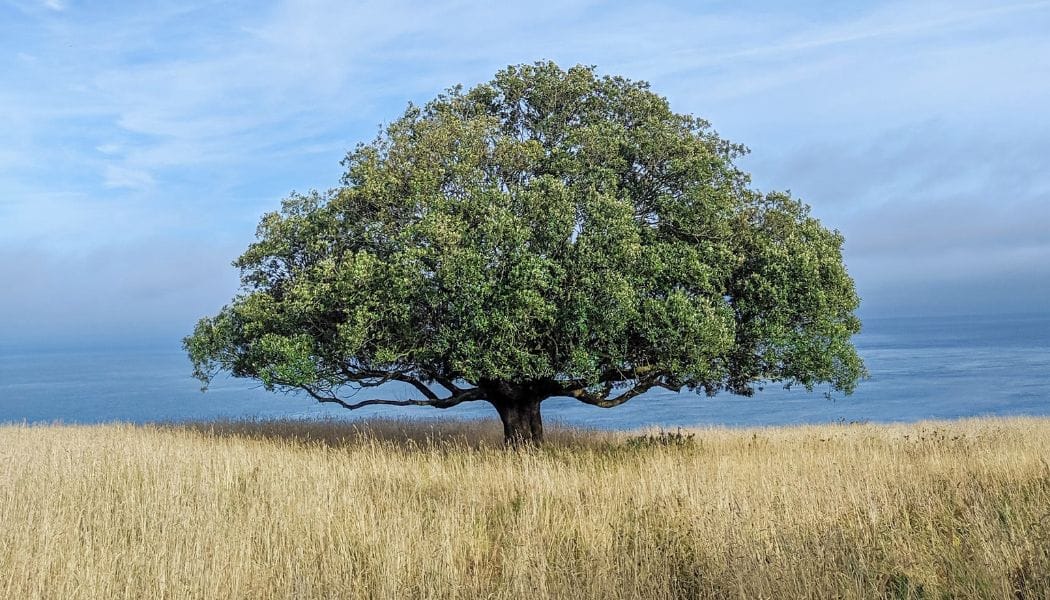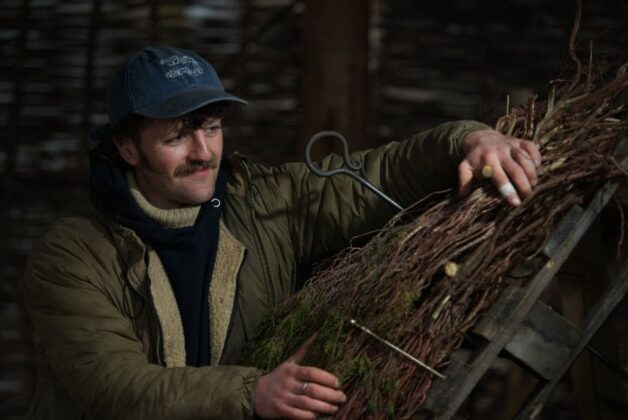Report reveals comparative lack of protection for trees of cultural significance in comparison to other countries
A 500-year-old oak tree in Enfield which was felled earlier this week has highlighted the insufficient protection for England’s most important trees, claims the Tree Council.
The national charity and membership organisation has worked in partnership with Forest Research to publish a report that reveals trees of high social, cultural and environmental value currently receive only “incidental, rather than intentional” protection in England, unlike buildings of historical importance.
Sara Lom, chief executive of The Tree Council, said: “It makes me sad to hear the news of the felling of such an important ancient tree, but more importantly it makes me angry. This tree has stood for more than 400 years – it’s a cultural asset on a par with our stately homes and castles, and yet it lacked the levels of protection that they enjoy.”
The Defra-funded report, ‘Protecting trees of high social, cultural and environmental value’, comes as the trial concerning the felling of the Sycamore Gap tree is set to begin later this month.
It makes a series of recommendations, following a review of existing legislation, and consultation with experts from nearly 50 different organisations, including NGOs, government agencies, landowners, industry bodies, tree volunteers and arboricultual professionals.
Sycamore Gap tree to ‘live on’ via seeds and cuttings says National Trust
Chief executive Sara Lom added: “It’s laid bare what can happen when we don’t legislate to guard our valuable heritage trees, but on top of protections we also need a system where education and funding is available to help care for these important parts of our cultural landscape to make sure they live to a grand old age.
“We don’t want this report to sit on a shelf gathering dust while we wait for the next ancient tree to be felled.”
Jess Allan, The Tree Council’s science & action research manager and co-author of the report, added: “The outpouring of emotion and anger at the felling of the Sycamore Gap tree, in October 2023, shows how valued these socially, culturally and environmentally important trees are. But, unlike in other countries such as Italy and Poland, we found there are currently no specific legal protections in place in England.”
The international examples cited in the report reveal different approaches to tree protection. In Portugal, Italy and Poland, important trees are classified and protected through national laws and local regulations, with Italy designating 4,288 “Monumental Trees” and Poland listing 8,500 trees as “Green Monuments”.
Among the report’s recommendations are developing an “action plan” for important trees, improving legal protections, and creating a public and private funding framework to support owners and managers of these trees.
Lom added: “It’s laid bare what can happen when we don’t legislate to guard our valuable heritage trees, but on top of protections we also need a system where education and funding is available to help care for these important parts of our cultural landscape to make sure they live to a grand old age.”





